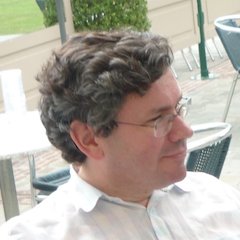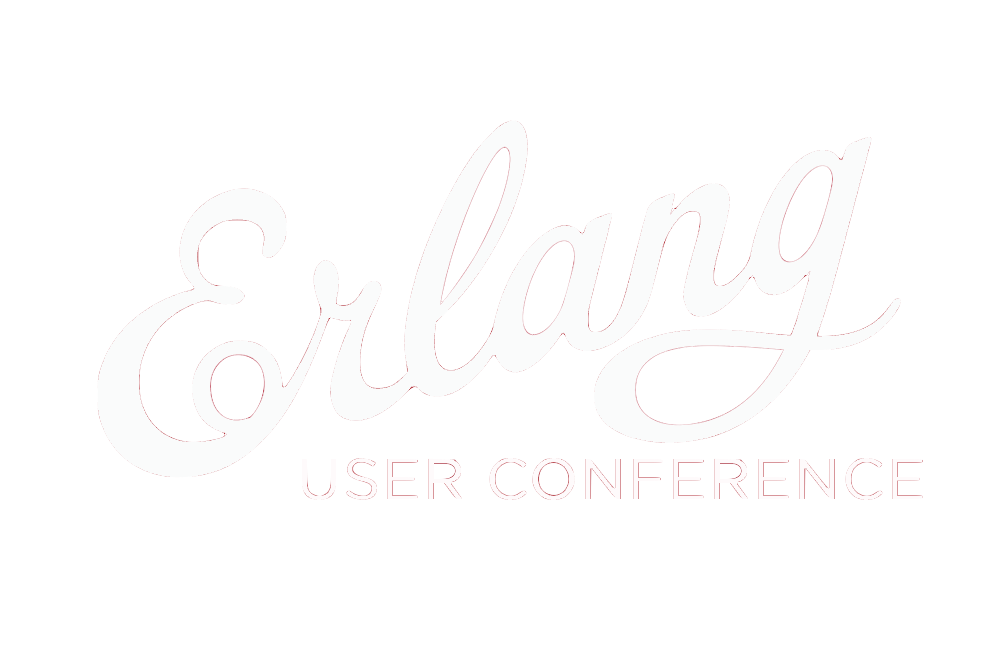
Ditching the Data Center: How to Stop Worrying and Love the Edge
Peter Van RoyProfessor at UCL and Coordinator of LightKone
Ditching the Data Center: How to Stop Worrying and Love the Edge
Most of today's large-scale Internet applications do the bulk of their work inside data centers. But data centers are bottlenecks. Mobile clients and Internet of Things devices already far outnumber data center nodes, by orders of magnitude, and the gap is widening quickly. So the ideal solution would be to move applications outside of data centers and run them directly on the edge. But that is not easy, because edge networks are highly dynamic with intermittent connectivity. Approaches that work inside data centers will not work on the edge.
To solve this problem we shouldn't fight edge networks. We have to embrace them. Our approach is based on combining convergent computation with hybrid gossip. Convergent computation starts with convergent data structures (so-called CRDTs) and builds applications by composing them. Hybrid gossip algorithms, such as Plumtree and HyParView, provide a communication layer that keeps working efficiently even when 70% or more of nodes fail. The result is our Lasp system, which thrives on edge networks like a fish in water. Lasp's approach takes the Erlang "let it fail" philosophy and brings it to the next level. In this talk I explain the technical foundations of Lasp, what it can do today, and what we are planning to do in the LightKone project.
Talk objectives:
- To explain how to do general-purpose computation on edge networks.
Target audience:
- Anybody who is interested in doing smart applications at the edge (Internet of Things, mobile devices).
Video
About Peter
Peter Van Roy is professor in the ICTEAM institute at the Université catholique de Louvain. He coordinates the recently started LightKone Horizon 2020 project which is working on an Erlang-based programming platform for general-purpose computing on edge networks. He is author of the textbook "Concepts, Techniques, and Models of Computer Programming" and has participated in numerous European research projects. Twitter:
@PeterLodewijk
